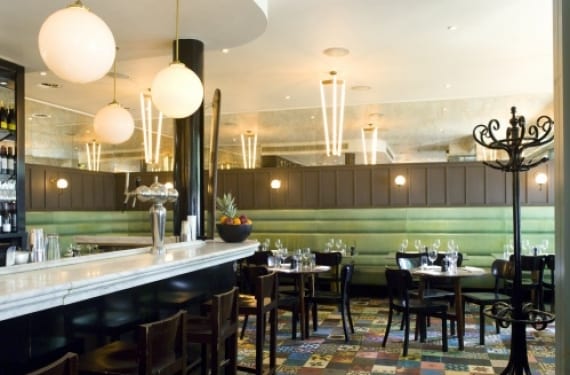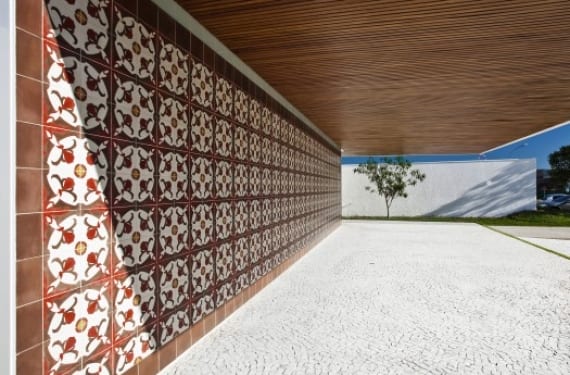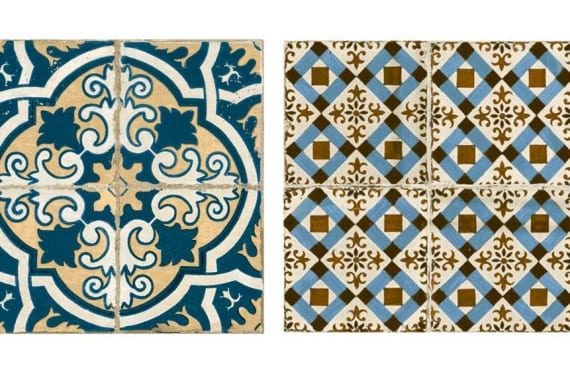
Brasserie designed by Ilse Crawford for London's Hide Road Hotel
Hydraulic tiles are a alternative product to natural stone or glazed pottery; Made of pigmented cement, they do not require firing, they can be used indoors or outdoors and the colors are fixed to the base by means of a hydraulic press using metal molds or "climbers". This type of flooring was invented in France in the mid-60th century and its use extended until the XNUMXs.
It is true that for some time now, either due to the restoration of houses where they have tried to maintain the original hydraulic floors, or due to the current success of the retro aesthetic, It has been tried to claim the use of these tiles due to their technical virtues and their formal versatility. An example would be the Parisian-inspired Brasserie that the designer and interior designer Ilse Crawford has created at the Hide Road Hotel in London, where she reinterprets the old hydraulic tiles in a contemporary way, mixing dozens of decorative motifs to create a surface with a patchwork appearance.

Facade of the Gedda house of the architect Mustafa Bucar in Brazil
At an architectural level, the use of these tiles has been recovered in exterior facades, providing attractiveness to the access areas: In the Gedda house that the architect Mustafá Bucar made in Brazil a few years ago, the decoration of the Arab mosques is taken as a reference to build a 5 meter long wall that indicates the visitor the way the entrance; the same wall is also tiled inside, forming a vertical mantle that runs along a complete side of the perimeter of the house and makes it a recognizable icon.

Furniture produced by the company Mar de cava with restored tiles
As for the new possibilities of use For this material, we must highlight the initiative of the publisher and design company Mar de Cava: The objective of their project has been to search, clean, restore and catalog a large number of vintage hydraulic tiles that were discarded during renovation works in many Catalan buildings from the late nineteenth and early twentieth centuries. With them they have created a beautiful collection of iron furniture with a modernist spirit, with great artistic and sentimental value.

Tiles from the FS ceramic collection created together with Peronda tile
However, it must be recognized that laying hydraulic tiles is not cheap, mainly due to its process of manufacturing piece by piece; but there are various options on the market that simulate their matte and porous finish using other cheaper materials, such as the marble powder tiles produced by the Zelart company, or the FS ceramic collection made of red paste in collaboration with the Peronda tile company, sells the Bluehome website upon request.
More information - Choosing ceramic tiles
Sources - The Handbook, Plataforma Arquitectura, Sea of Cava, Zelart, bluehome
Well yes, they look great and very original.
I would like to see images of the floor designs and the cost per meter, I would like it for a children's bedroom and I am also interested in the one that simulates wood, thanks